Several antennas are utilized at both the transmitter which is the source and the receiver which is the destination in wireless communications known as MIMO (i.e., Multiple Input, Multiple Output). This method allows for multipath propagation by using several antennas in the transceiver to increase radio connection capacity. MIMO's overall goal is to boost capacity and data rate across a range of communication systems.
The top 7 projects on MIMO transmissions students to learn from and put their talents to the test are as follows:
1. MIMO-UFMC Transceiver Schemes for Millimeter Wave Wireless Communications
The design and analysis of a multi-antenna, millimetre wave carrier-operating UFMC transceiver are the main topics of this study. One of the most often proposed methods for creating air interfaces for future wireless networks that go beyond OFDM is the UFMC modulation.
By considering the existence of hybrid analog/digital beam formers at both terminals of the communication lines, the system design offers a complete mathematical description of a MIMO-UFMC transceiver.
After that, a number of detection structures are put forth for both the scenario of single-packet isolated transmission and the scenario of multiple-packet continuous transmission. In the second instance, we additionally take into account the scenario in which no guard period is inserted between neighbouring packets, trading off a higher degree of interference with better values of spectral efficiency.
The analysis step compares the various transmission and detection strategies by means of various performance measures like system throughput, bit error rate, and root mean square error.
The numerical results demonstrate the effectiveness of the proposed transceiver algorithms and the ability of the linear MMSE data detector to effectively handle the increased interference caused by the removal of guard times between consecutive packets, resulting in throughput gains of approximately 10–13%.
Moreover, the impact of phase noise at the receiver is numerically evaluated. It is demonstrated that the recursive implementation of the linear MMSE demonstrates some degree of resilience against this disturbance.
Projects on MIMO Transmissions will suitably reshape and alter your academic career. To complete projects on MIMO transmission, it is necessary to master the foundations of MIMO transmissions, such as the DL Precoding Process, Detection Method, Correlation of Antenna, Channel Planning, Resource Distribution, and CSI Acquisition/Architecture Aspect. The correct network interface, architecture, algorithms, protocols, and data format must be created in order to create a MIMO model successfully.
2. A Comparative Study of PAPR Reduction Techniques for OFDM Systems in Different Channels
The PAPR reduction approaches of amplitude clipping SLM (i.e., Selective Mapping) and partial transfer technique are examined in this study. These techniques are used in the AWGN channel, the Rayleigh channel, and the Rician channel, correspondingly.
Projects on MIMO Transmissions will suitably reshape and alter your academic career. To complete projects on MIMO transmission, it is necessary to master the foundations of MIMO transmissions, such as the DL Precoding Process, Detection Method, Correlation of Antenna, Channel Planning, Resource Distribution, and CSI Acquisition/Architecture Aspect. The correct network interface, architecture, algorithms, protocols, and data format must be created in order to create a MIMO model successfully.
3. MIMO Spectrum Sensing for Cognitive Radio-Based Internet of Things
In this study, we provide a cutting-edge technique for CR-IoT spectrum sensing using additive Gaussian mixed noise/interference. For IoT devices to effectively use spectrum resources, the upcoming CR-IoT (i.e., Cognitive Radio-based Internet of Things) network offers a revolutionary paradigm solution.
The crucial issue of spectrum sensing in the CR-IoT network has been thoroughly studied in the context of Gaussian noise/interference. By using a nonlinear Gaussian kernel function, the newly developed approach translates the observation signal matrix from the original input space to a high-dimensional feature space, where a kernelized test statistic is subsequently built.
Under Gaussian mixed noise, the approximate analytical formulations of the false-alarm and detection probabilities of the suggested scheme are calculated, and the decision threshold may be established in accordance with the false alarm probabilities.
Projects on MIMO Transmissions will suitably reshape and alter your academic career. To complete projects on MIMO transmission, it is necessary to master the foundations of MIMO transmissions, such as the DL Precoding Process, Detection Method, Correlation of Antenna, Channel Planning, Resource Distribution, and CSI Acquisition/Architecture Aspect. The correct network interface, architecture, algorithms, protocols, and data format must be created in order to create a MIMO model successfully.
4. Energy Efficiency Optimization for MIMO Visible Light Communication Systems
In this study, we prioritise MIMO VLC systems' EE (i.e., Energy Effectiveness). As high data rates for indoor communications may be supported by MIMO VLC (i.e., Visible Light Communication) systems.
where the requirements for BER (i.e., Bit Error Rate), data rate, and nonnegativeness of the transmit signal are taken into consideration together with optical and electrical power limits.
The posed issue is a challenging nonlinear fractional programme. To get a semi-closed form solution, we use the Dinkelbach's algorithm and Lagrangian analysis. Results from the simulation attest to the proposed design's performance benefit.
Projects on MIMO Transmissions will suitably reshape and alter your academic career. To complete projects on MIMO transmission, it is necessary to master the foundations of MIMO transmissions, such as the DL Precoding Process, Detection Method, Correlation of Antenna, Channel Planning, Resource Distribution, and CSI Acquisition/Architecture Aspect. The correct network interface, architecture, algorithms, protocols, and data format must be created in order to create a MIMO model successfully.
5. Average Information based Spectrum Sensing for Cognitive Radio
Power and bandwidth act as the resources for the wireless communication. Hence, spectrum conservation and careful use are necessary. As the microwave frequency is already overloaded with several uses, spectrum sensing is crucial.
This research proposes a spectrum sensing approach based on average information. According to the statistical theory of communication, entropy represents the average information. MATLAB is used to determine the average information both with and without the participation of main users.
A threshold is determined and the Entropy under the H0 hypothesis is found when the principal user is absent. When the primary user is present, which is the H1 Hypothesis, the entropy is computed.
If the H1 hypothesis’s Entropy is below the threshold, the principal user presence is determined. The number of samples in each bin is determined using a histogram. With different SNR settings, the likelihood of detection is simulated.
Projects on MIMO Transmissions will suitably reshape and alter your academic career. To complete projects on MIMO transmission, it is necessary to master the foundations of MIMO transmissions, such as the DL Precoding Process, Detection Method, Correlation of Antenna, Channel Planning, Resource Distribution, and CSI Acquisition/Architecture Aspect. The correct network interface, architecture, algorithms, protocols, and data format must be created in order to create a MIMO model successfully.
6. Deep Learning-based Sum Data Rate and Energy Efficiency Optimization for MIMO-NOMA Systems
For increasing total data rate and energy efficiency, we suggest a deep learning-based MIMO-NOMA architecture in this research. In particular, we build an efficient CDNN (i.e., Communication Deep Neural Network) with multiple hidden layers, multiple convolutional layers, and multiple hidden layers.
The CDNN framework uses training algorithms to handle the power allocation issue in order to increase the data rate and energy efficiency of MIMO-NOMA due to the deep learning technique's excellent representational capability.
Extensive simulations demonstrate that the proposed CDNN framework accomplishes higher sum data rates and energy efficiency compared to traditional techniques, and simulation results further support their suitability as a candidate to improve the performance of MIMO-NOMA in terms of power allocation.
Projects on MIMO Transmissions will suitably reshape and alter your academic career. To complete projects on MIMO transmission, it is necessary to master the foundations of MIMO transmissions, such as the DL Precoding Process, Detection Method, Correlation of Antenna, Channel Planning, Resource Distribution, and CSI Acquisition/Architecture Aspect. The correct network interface, architecture, algorithms, protocols, and data format must be created in order to create a MIMO model successfully.
7. On Performance of Underwater Wireless Optical Communications Under Turbulence
In this study, we examined the effects of turbulence on the performance of UWOC systems and analyse the capacity and bit-error rate (BER) of underwater wireless optical networks under light and high turbulence by deriving the expressions of average capacity and BER.
Based on numerical findings, capacity and BER performance are both degraded by turbulence as would be predicted. This paper offers a theoretical analytical tool for UWOC system design and performance assessment.
Projects on MIMO Transmissions will suitably reshape and alter your academic career. To complete projects on MIMO transmission, it is necessary to master the foundations of MIMO transmissions, such as the DL Precoding Process, Detection Method, Correlation of Antenna, Channel Planning, Resource Distribution, and CSI Acquisition/Architecture Aspect. The correct network interface, architecture, algorithms, protocols, and data format must be created in order to create a MIMO model successfully.

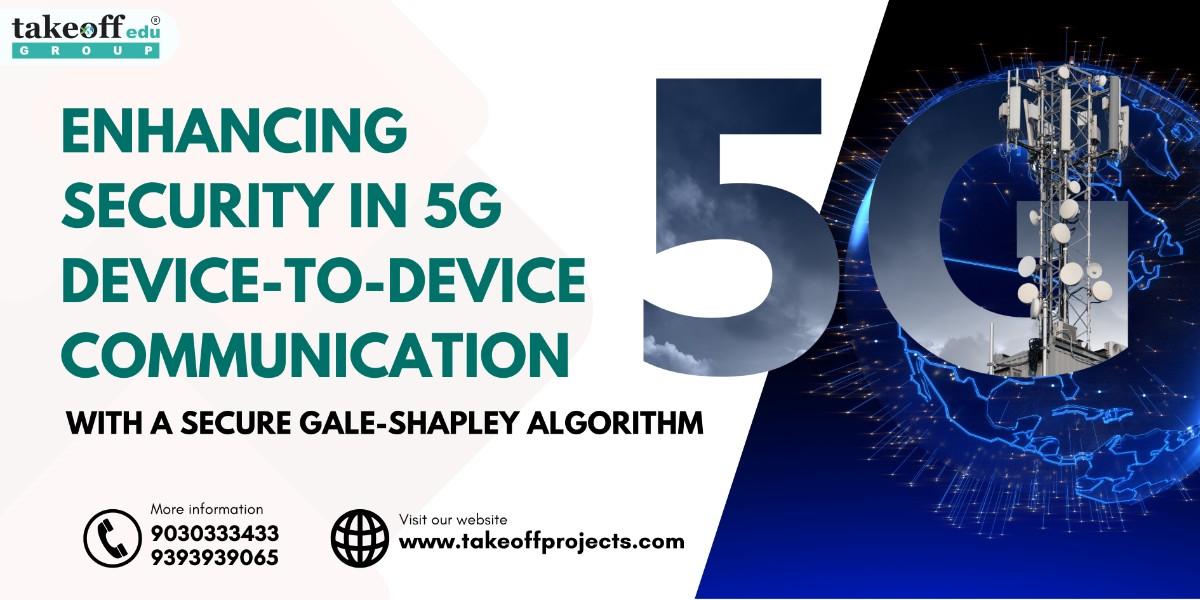 Enhancing Security in 5G Device-to-Device Communication with a Secure Gale-Shapley Algorithm
Enhancing Security in 5G Device-to-Device Communication with a Secure Gale-Shapley Algorithm  MATLAB Projects in 5G and Beyond: Beamforming, NOMA and More
MATLAB Projects in 5G and Beyond: Beamforming, NOMA and More  Design and Simulation of MIMO Systems Using MATLAB
Design and Simulation of MIMO Systems Using MATLAB 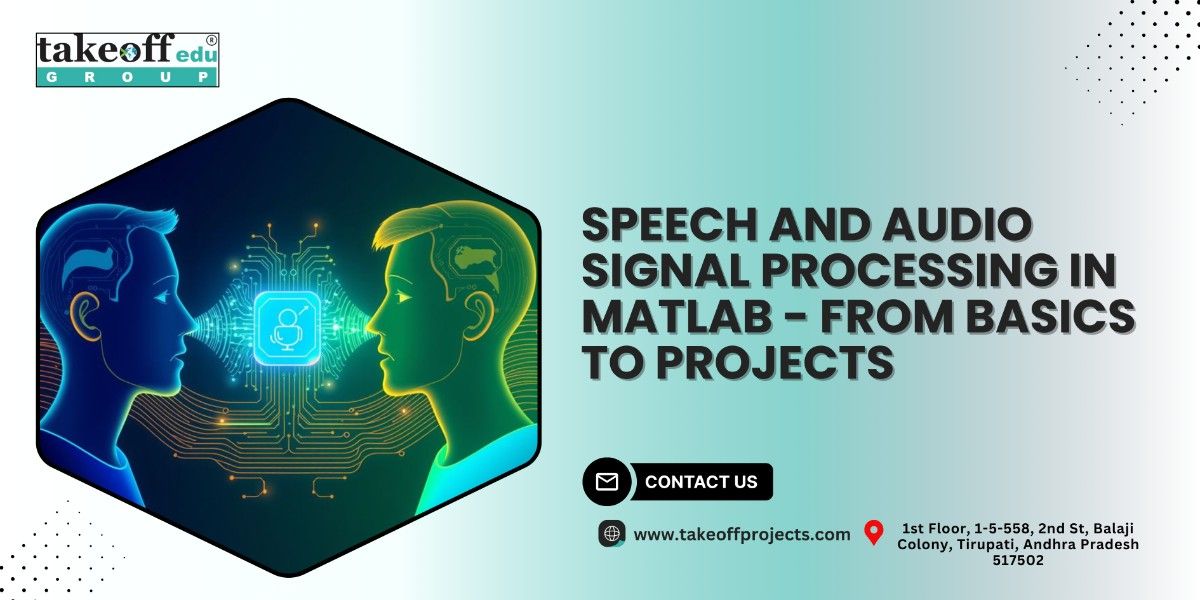 Speech and Audio Signal Processing in MATLAB: From Basics to Projects
Speech and Audio Signal Processing in MATLAB: From Basics to Projects 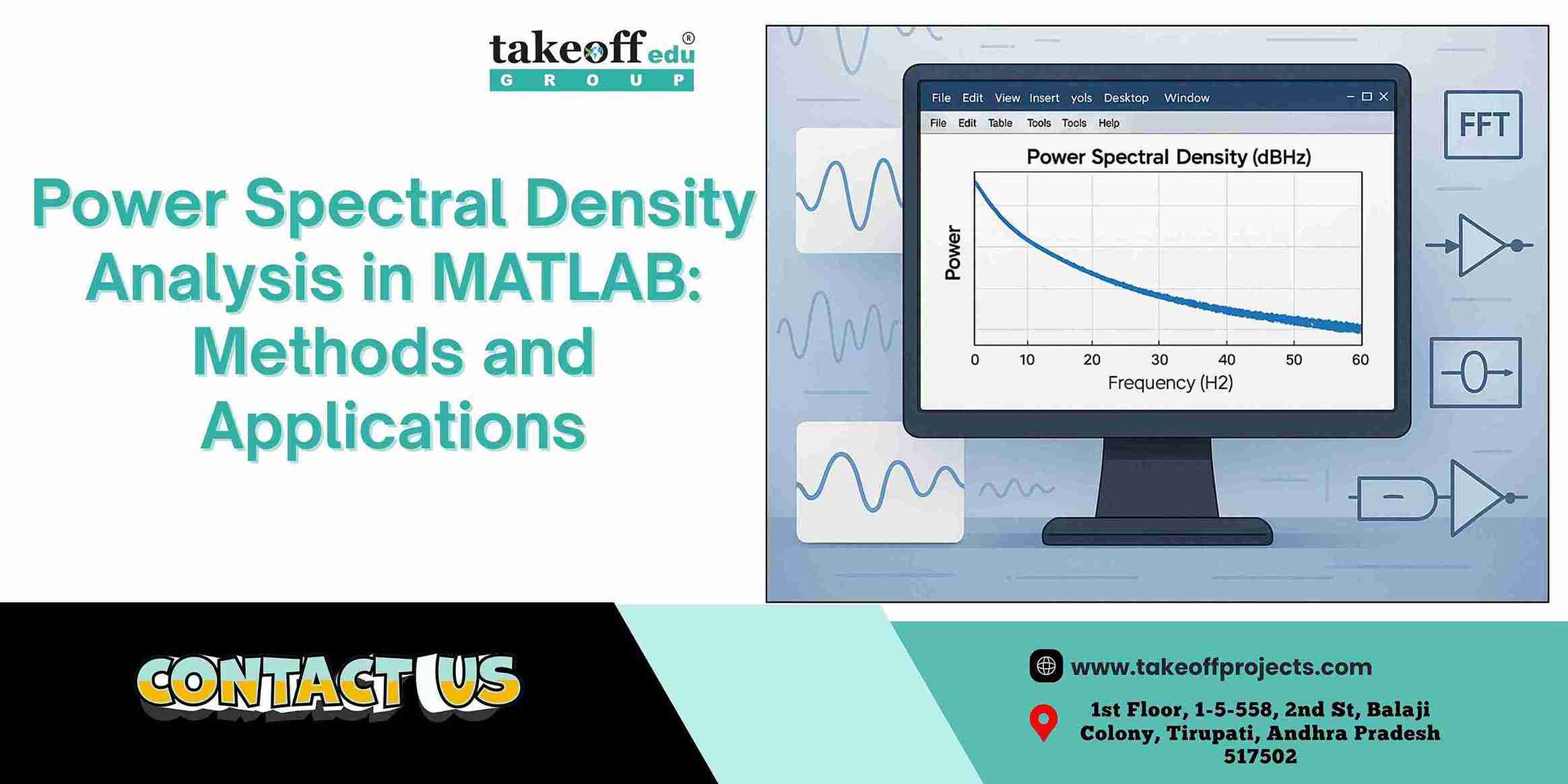 Power Spectral Density Analysis in MATLAB: Methods and Applications
Power Spectral Density Analysis in MATLAB: Methods and Applications 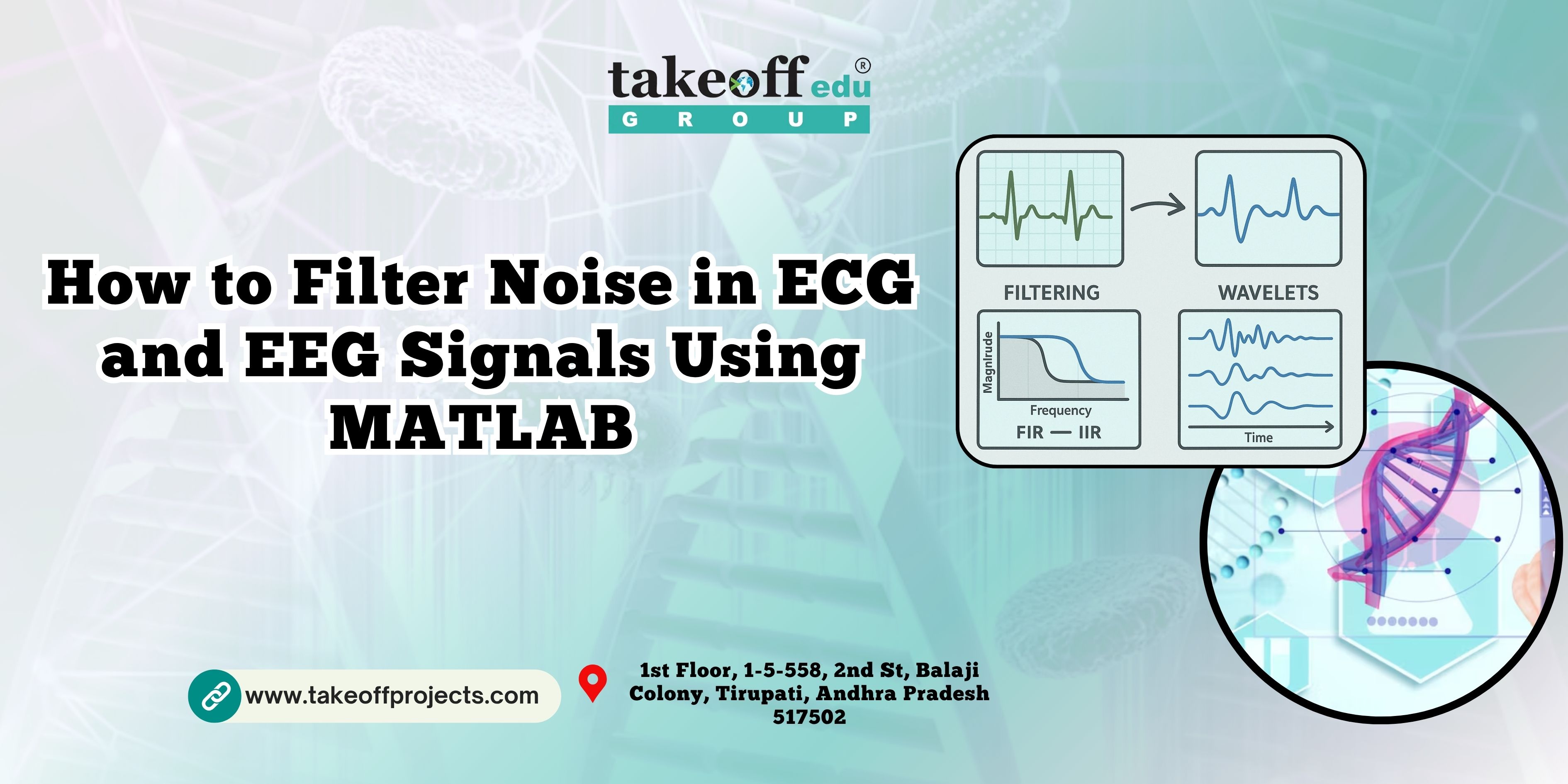 How to Filter Noise in ECG and EEG Signals Using MATLAB
How to Filter Noise in ECG and EEG Signals Using MATLAB 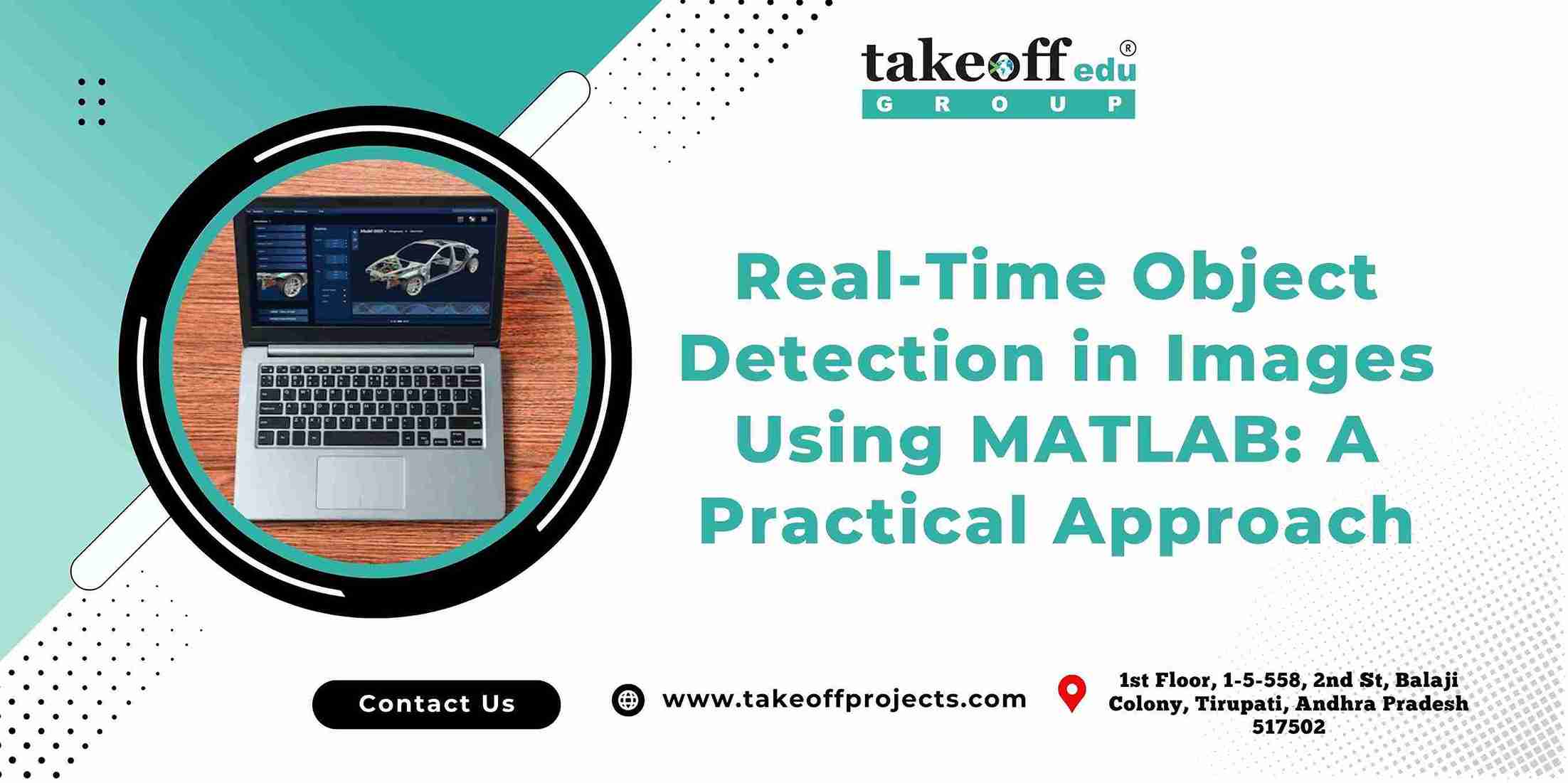 Real-Time Object Detection in Images Using MATLAB: A Practical Approach
Real-Time Object Detection in Images Using MATLAB: A Practical Approach 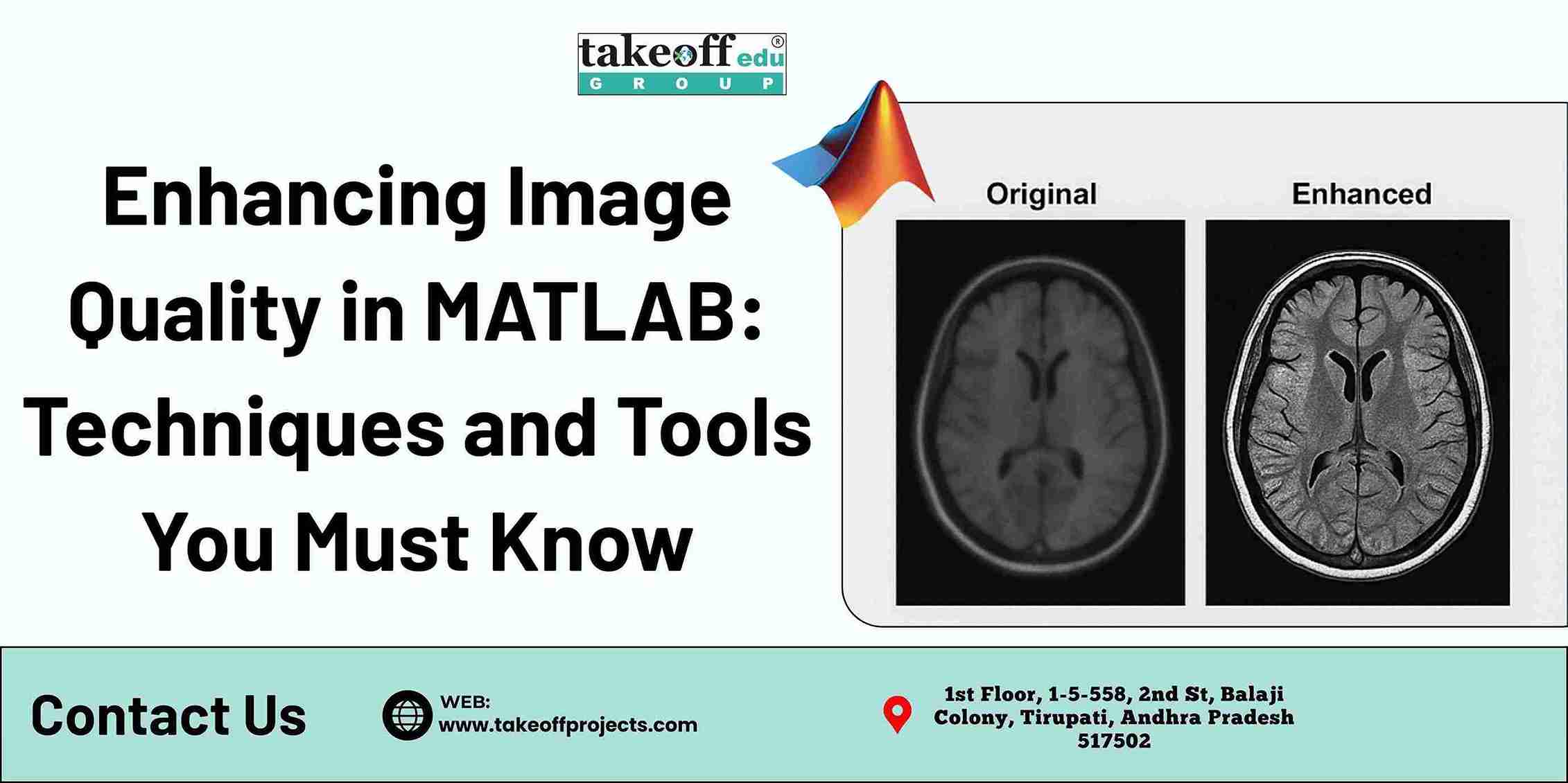 Enhancing Image Quality in MATLAB: Techniques and Tools You Must Know
Enhancing Image Quality in MATLAB: Techniques and Tools You Must Know  Medical Image Analysis in MATLAB: Applications in Diagnosis and Research
Medical Image Analysis in MATLAB: Applications in Diagnosis and Research 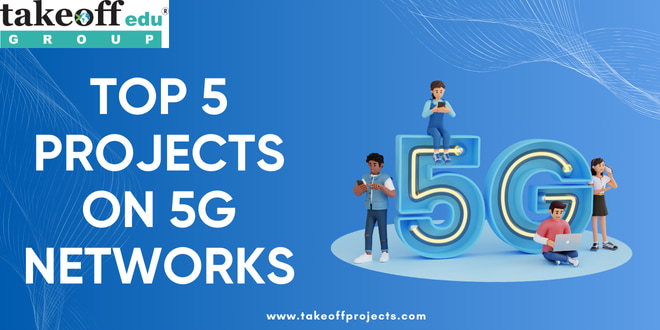 Top 5 Projects on 5G Networks
Top 5 Projects on 5G Networks  Top 5 Projects on Modulation Techniques
Top 5 Projects on Modulation Techniques  Top 5 Device to Device Communications Projects
Top 5 Device to Device Communications Projects  Top 7 Image Detection Projects
Top 7 Image Detection Projects  Top 7 Image Compression Projects
Top 7 Image Compression Projects  Top 5 Fusion and Saliency Projects
Top 5 Fusion and Saliency Projects  Top 7 Image Retrieval Projects
Top 7 Image Retrieval Projects 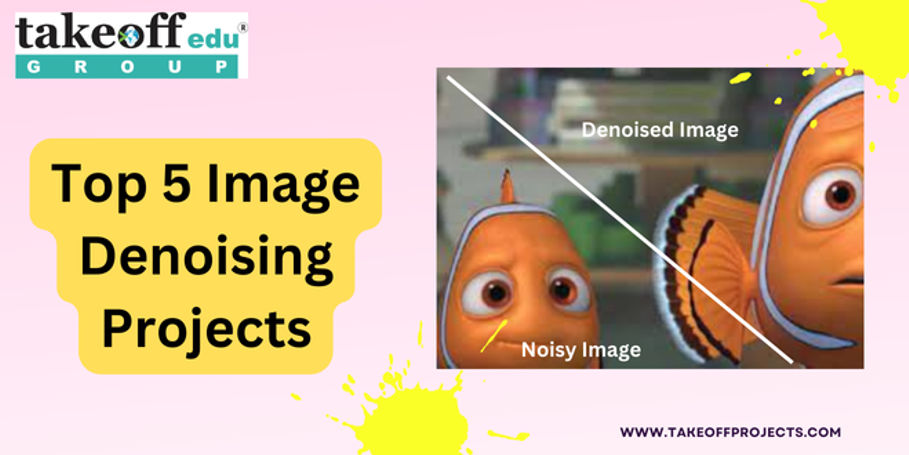 Top 5 Image Denoising Projects
Top 5 Image Denoising Projects  Top 7 Projects on Security Applications
Top 7 Projects on Security Applications  Top 7 Image Enhancement Projects
Top 7 Image Enhancement Projects  Top 10 Deep Learning Projects for B.Tech
Top 10 Deep Learning Projects for B.Tech 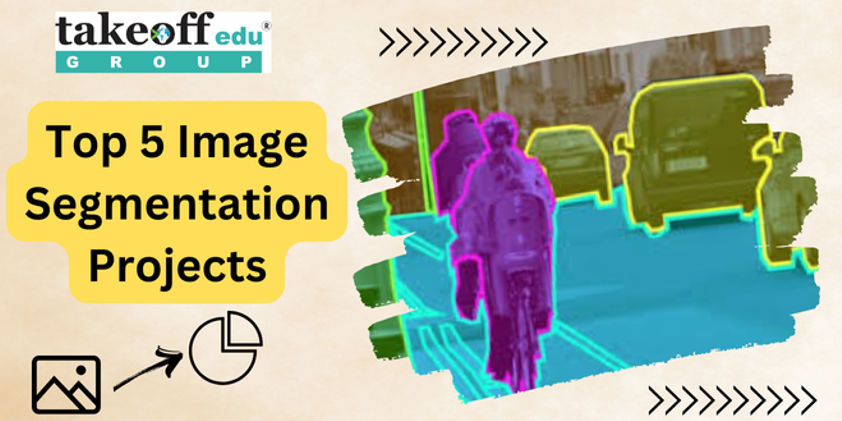 Top 5 Image Segmentation Projects
Top 5 Image Segmentation Projects 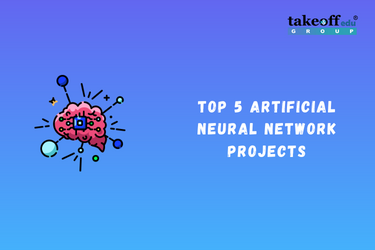 Top 5 Artificial Neural Network Projects
Top 5 Artificial Neural Network Projects 
 Paper Publishing
Paper Publishing


